While researching Twin Peaks, I’ve been noticing all sorts of little details such as the framed image of “Claude Renoir in Clown Costume” hanging in the Palmer’s living room. This article takes a closer look at that image throughout the first two seasons and Twin Peaks: Fire Walk With Me. Before I dive into the details, I want to provide you with some background about the image itself.
“CLAUDE RENOIR IN CLOWN COSTUME” IN THE PALMER HOUSE
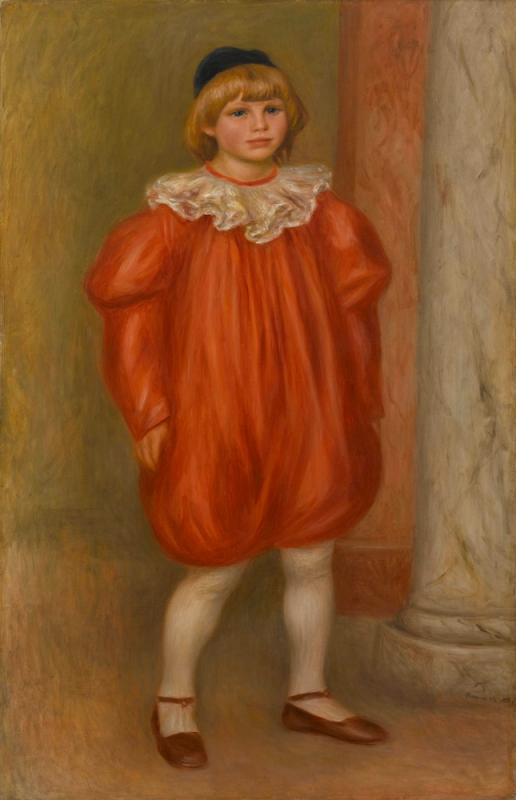
The oil on canvas painting was completed in 1909 by Auguste Renoir. The boy is Renoir’s eight-year old child, Claude, who “did not appreciate having to put on this red clown costume and wear stockings that prickled and tickled him.”
The original painting resides at the Musée de l’Orangerie in France as part of the Jean Walter-Paul Guillaume Collection. The state acquired the collection in 1977 and it was put on permanent display in 1984. The latter year was a key to identifying the image.
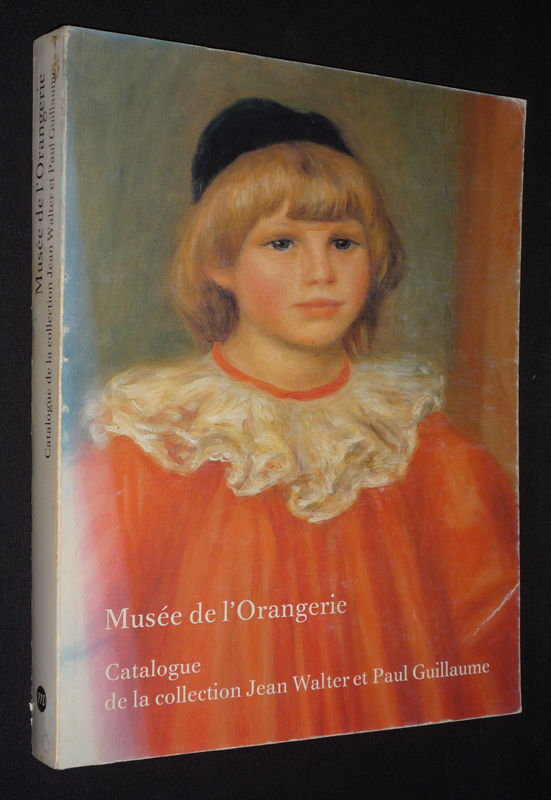
The Renoir image was used as the cover to the art catalog when it debuted in 1984 at the museum. This probably meant there were prints or posters also created using this particular painting. It appears one of those posters is the framed image in the living room (you can see the museum’s name printed on the poster). I’ve been unable to locate an exact match as no one appears to be selling one (though I found several art catalogs like the one shown above).
CLOWNS IN TWIN PEAKS
Why this clown image? Clowns have appeared at other spots in Twin Peaks, namely the sign to Hap’s Diner from Twin Peaks: Fire Walk With Me, and throughout the Johnson House.

When researching this story, I was reminded of what David Lynch said about negativity when speaking at the Festival of Disruption in Brooklyn, New York. It was a nod to his passage from “Catching the Big Fish”:
“I call that depression and anger the Suffocating Rubber Clown Suit of Negativity. It’s suffocating, and that rubber stinks. But once you start meditating and diving within, the clown suit starts to dissolve. You finally realize how putrid was the stink when it starts to go. Then, when it dissolves, you have freedom.”
Could the clown images symbolize negativity or places with negative energy? Maybe. Clearly Hap’s Diner, the Johnson’s house and the living room in the Palmer’s place contain some rather depressing scenes. Something to ponder as you take a look at where the Renoir poster is found in Twin Peaks.
APPEARANCES OF CLAUDE RENIOR IN CLOWN COSTUME IN TWIN PEAKS
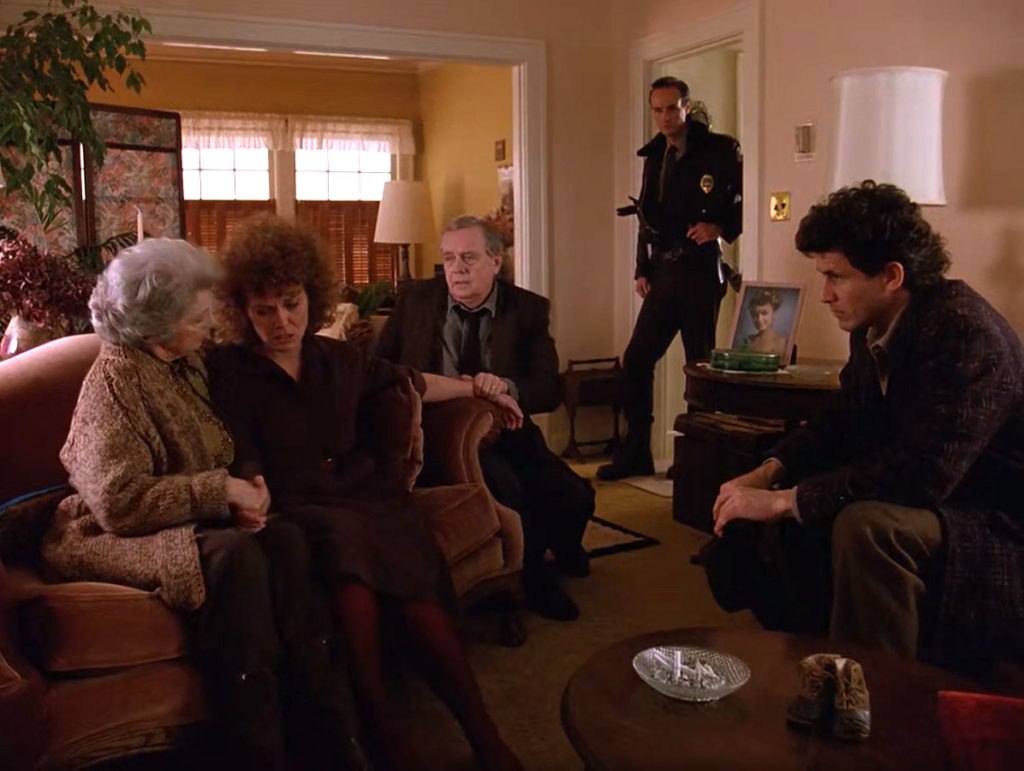
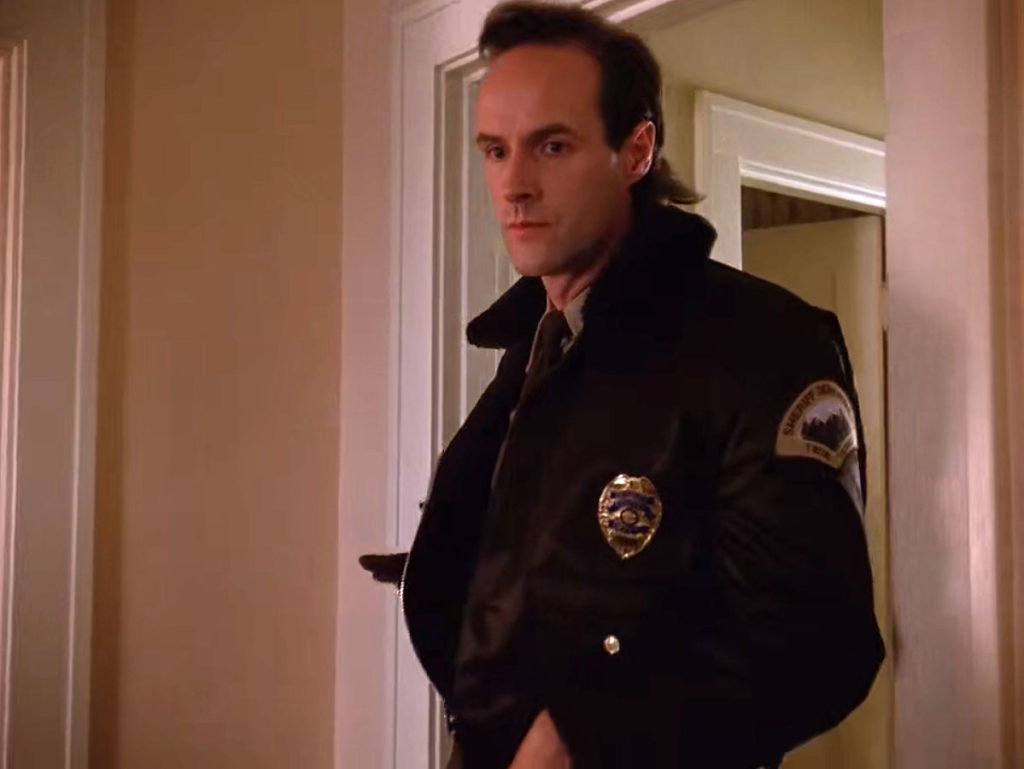
The Pilot Episode was shot at a home in Everett, Washington, so the framed image does not appear in the living room.

The first appearance is from episode 1.001 when Donna Hayward visits Sarah Palmer. You can see half of the frame to the left side of Leland Palmer.
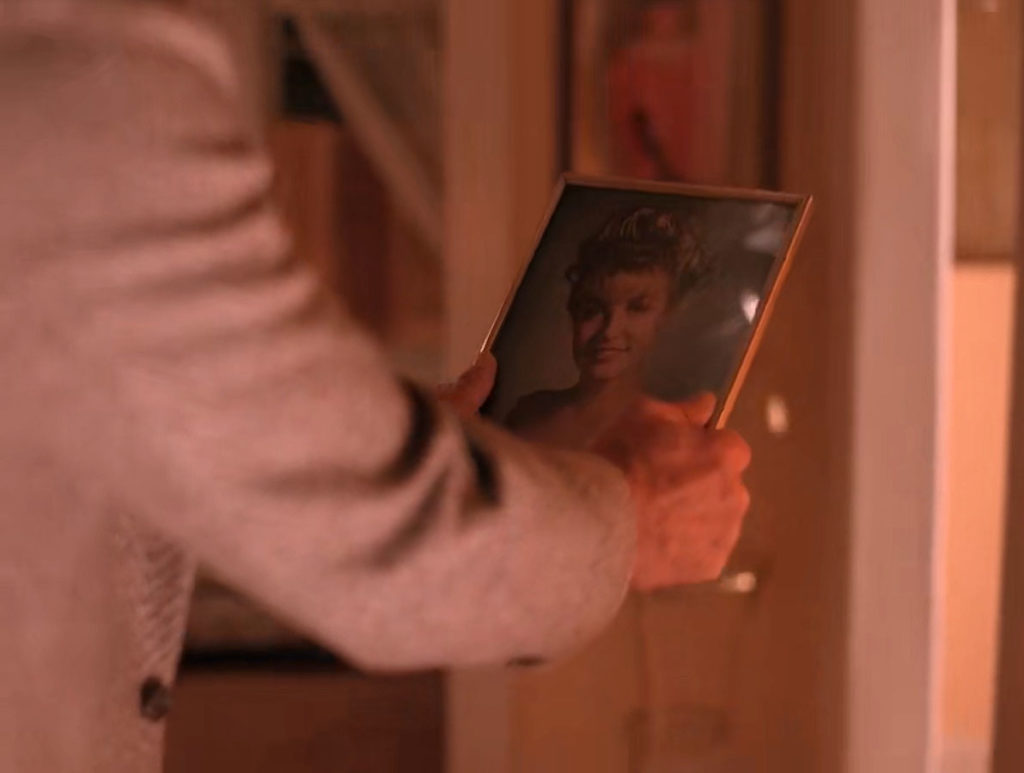

As Leland dances with Laura Palmer’s photo in episode 1.002, the framed image appears in the background.

When Sheriff Truman and Deputy Andy visit Sarah Palmer in episode 1.004, you can see the framed image in the background.

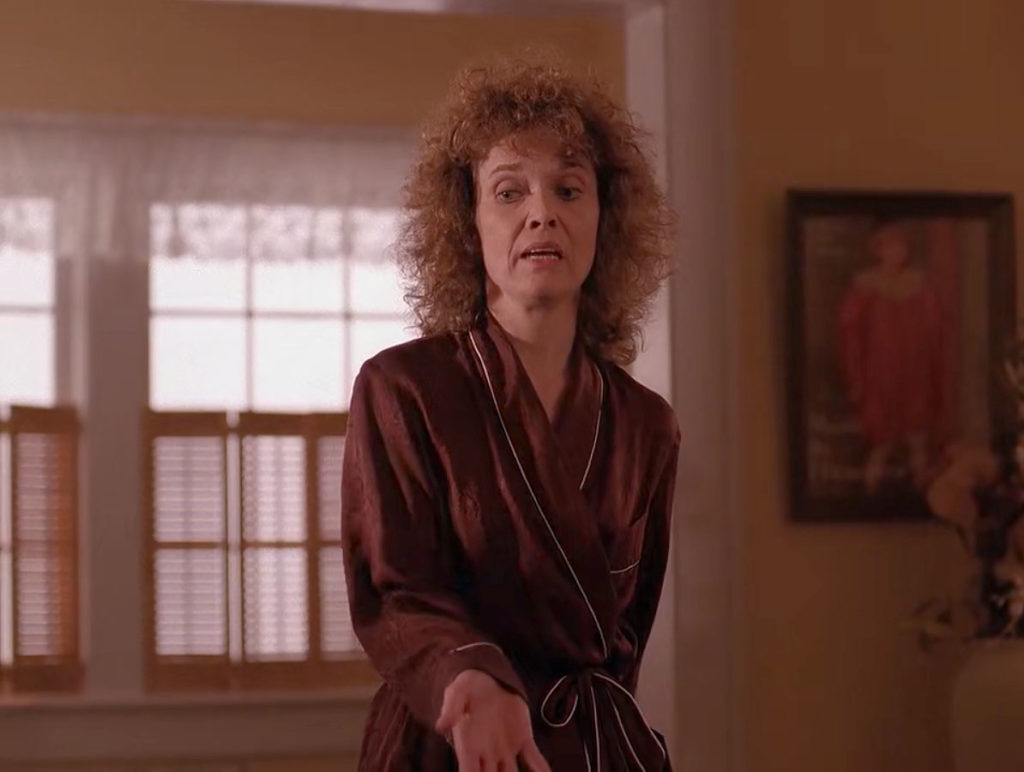
A closer shot of the framed image is also seen in episode 1.004 when a disheveled Leland talks about Sarah’s visions, and when Sarah explains what she saw. This is the last time we see the image in the first season.

The painting returns in episode 2.003 when James Hurley visits Maddy Ferguson at the Palmer house.
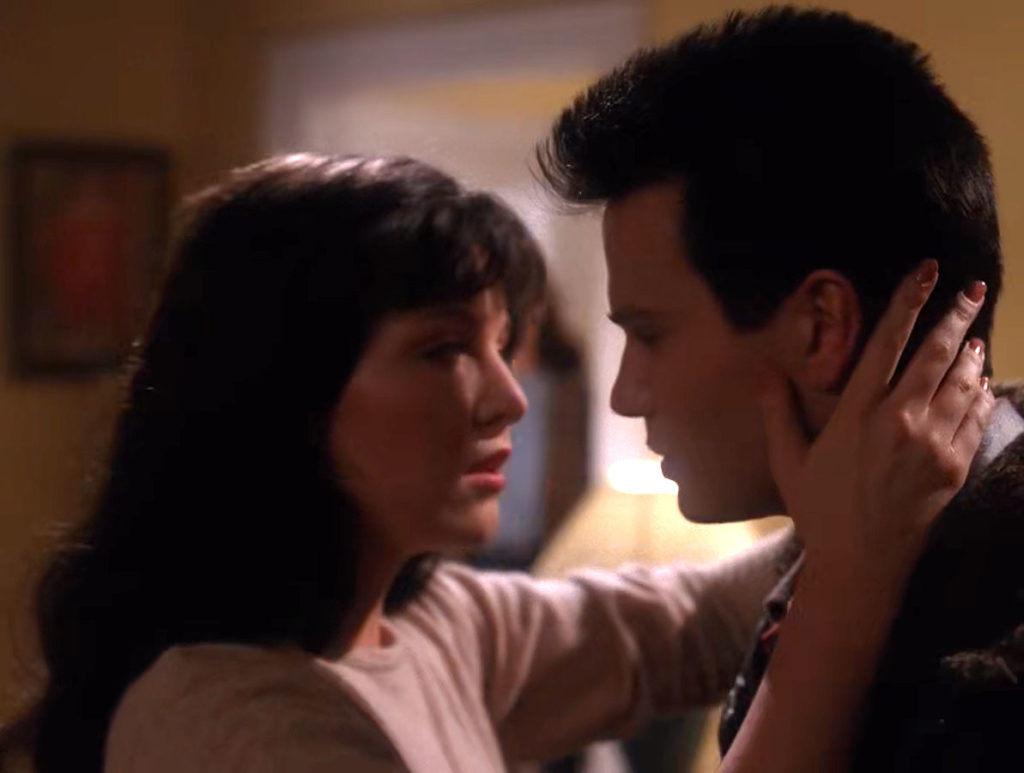
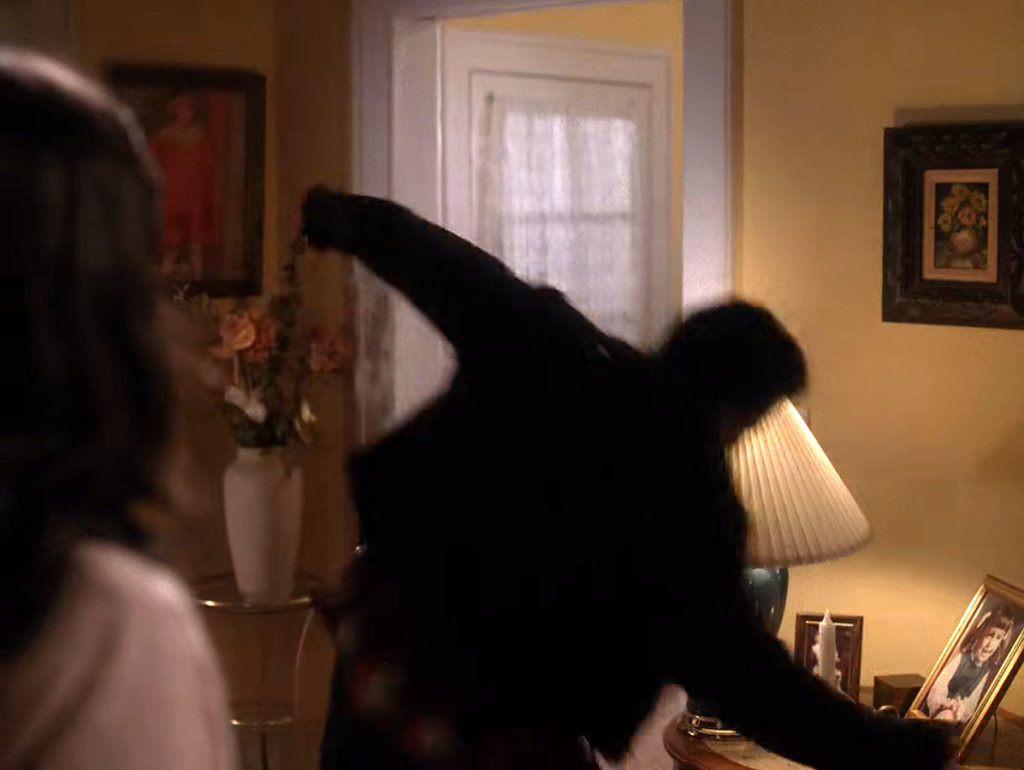
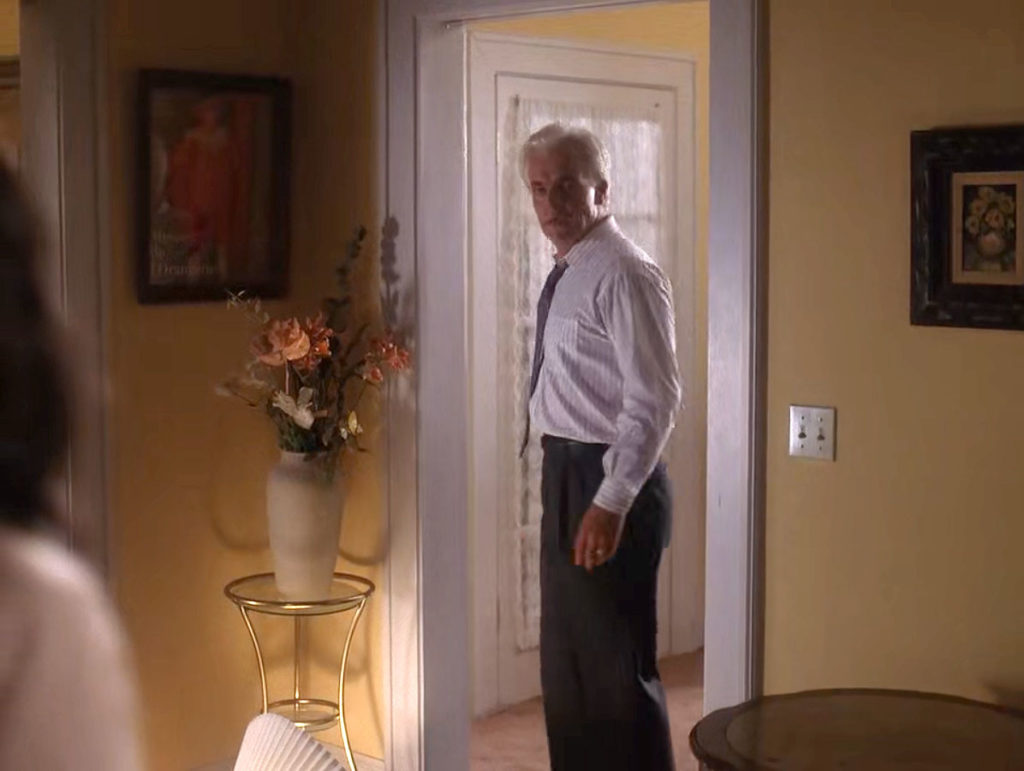
As James storms out of the living room and Leland appears, you can get a good look at the Renoir image.

In episode 2.007 just before Maddy’s time, the side of the frame can be seen hanging on the wall.

When Leland golfs in episode 2.008, the portrait is seen in the background.
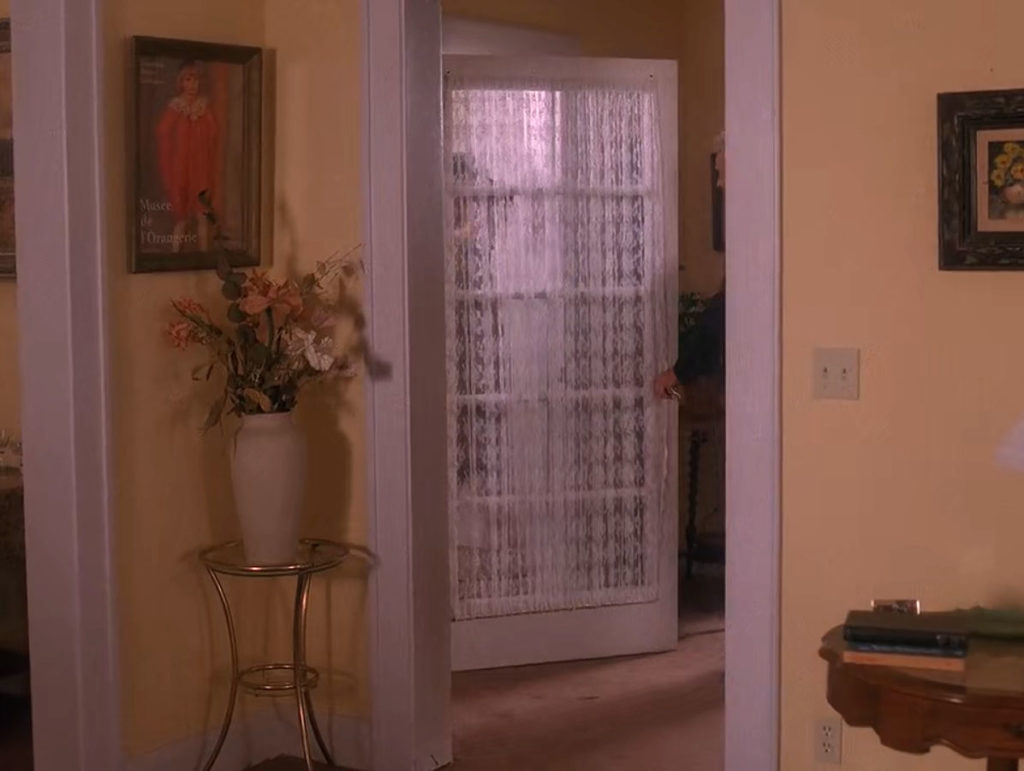
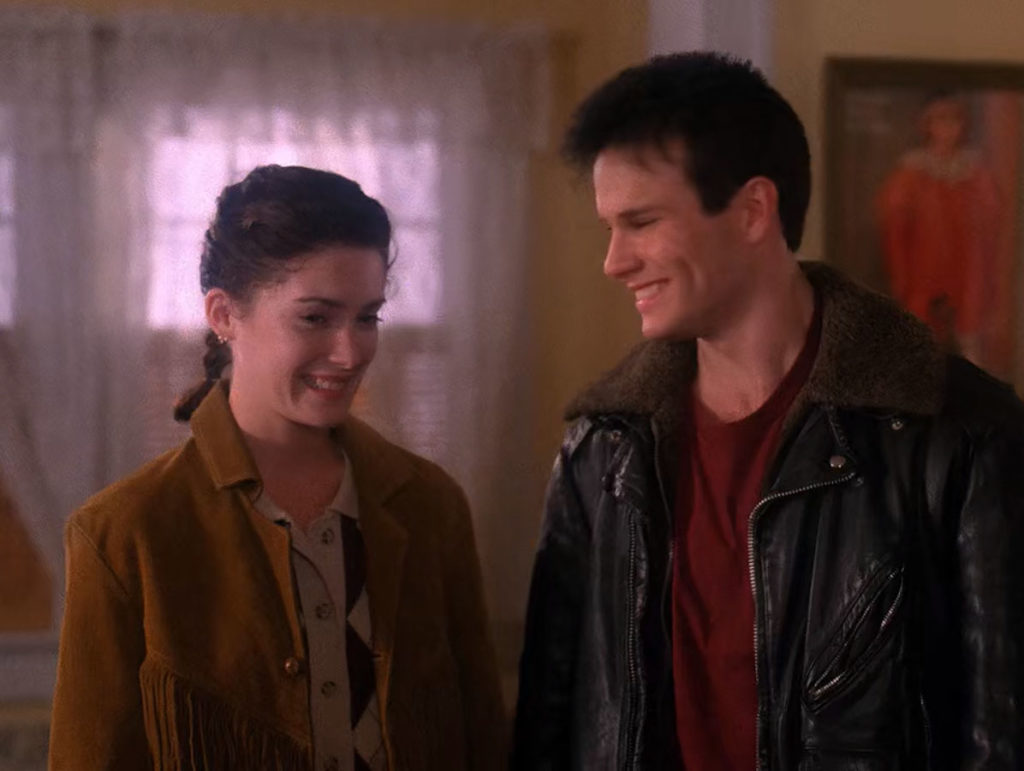
Episode 2.008 has additional looks once James Hurley and Donna Hayward drop by the Palmer house.


The final appearance of the painting in the series is from episode 2.009 when Donna Hayward visits Leland Palmer.
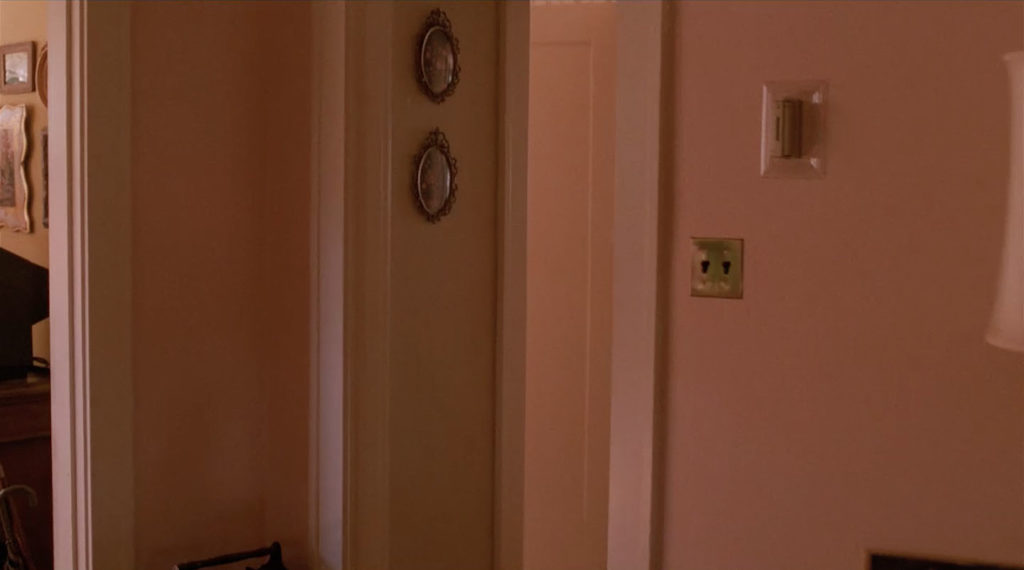
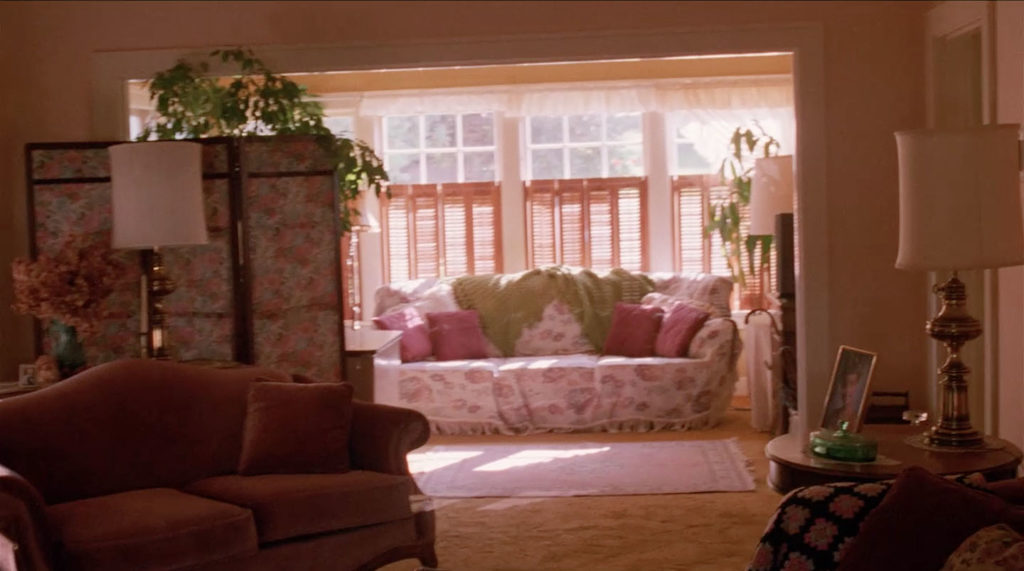
Similar to the Pilot episode, the framed poster is absent in Twin Peaks: Fire Walk With Me. For Twin Peaks on Showtime, we never get a look at the wall where the image would have been found. It’s extremely unlikely it was included in the set decorating.
Discover more from TWIN PEAKS BLOG
Subscribe to get the latest posts sent to your email.

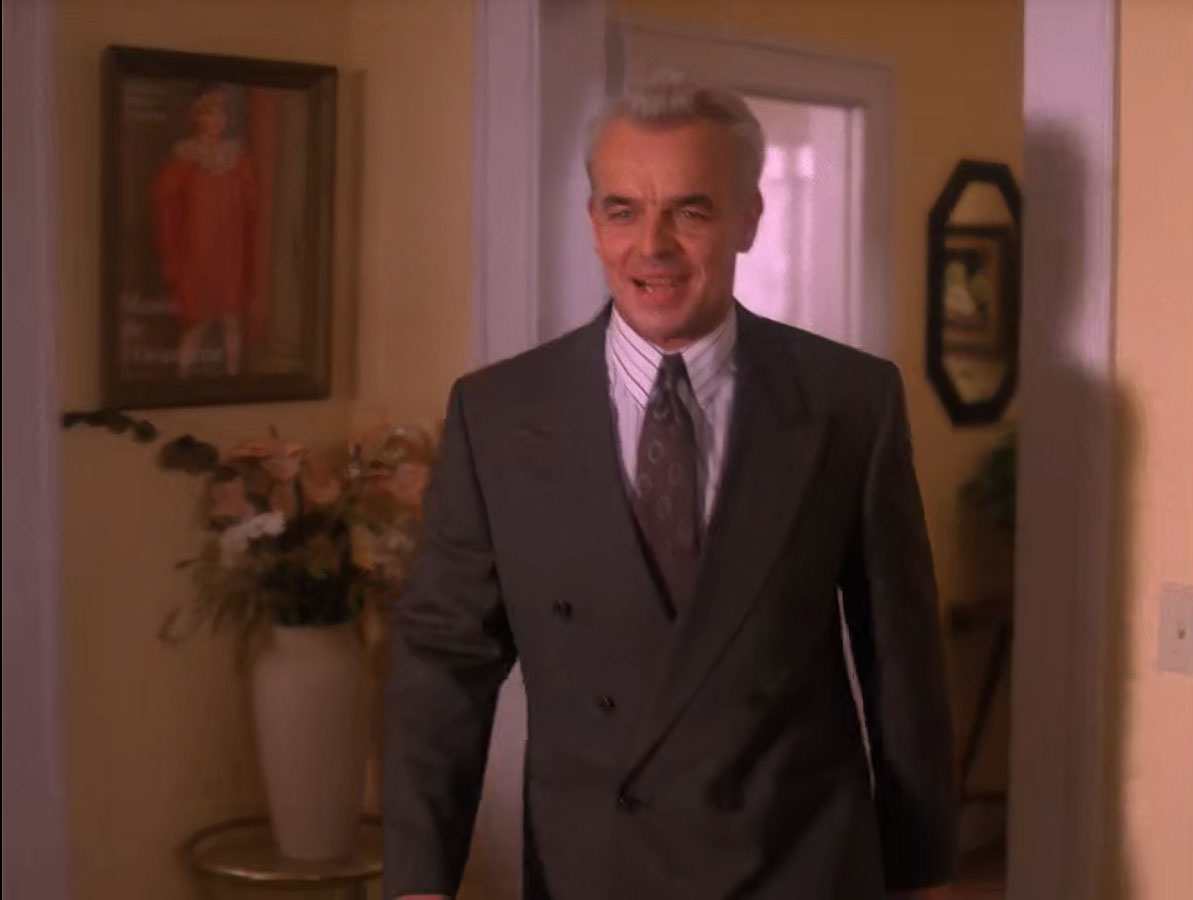
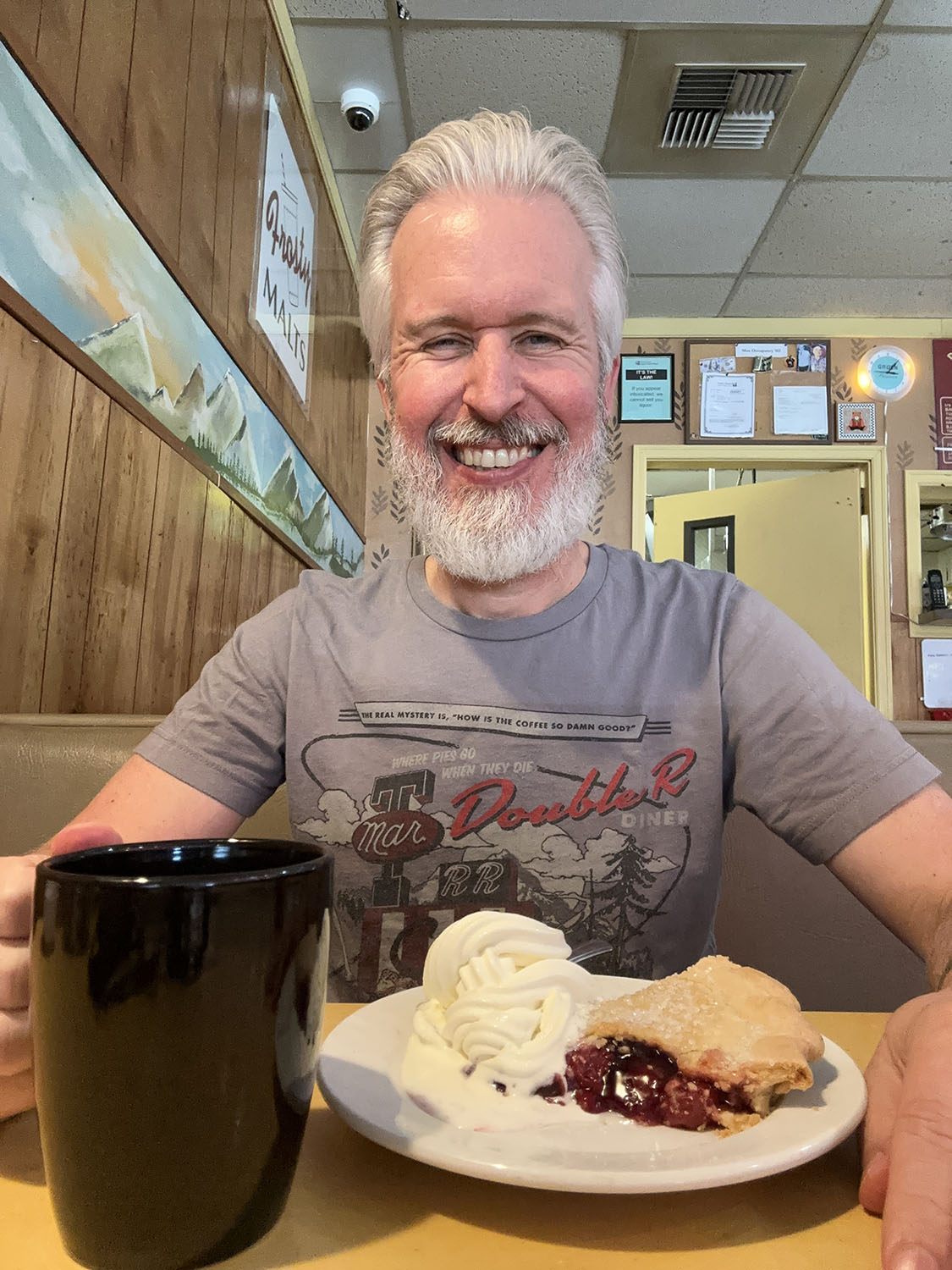
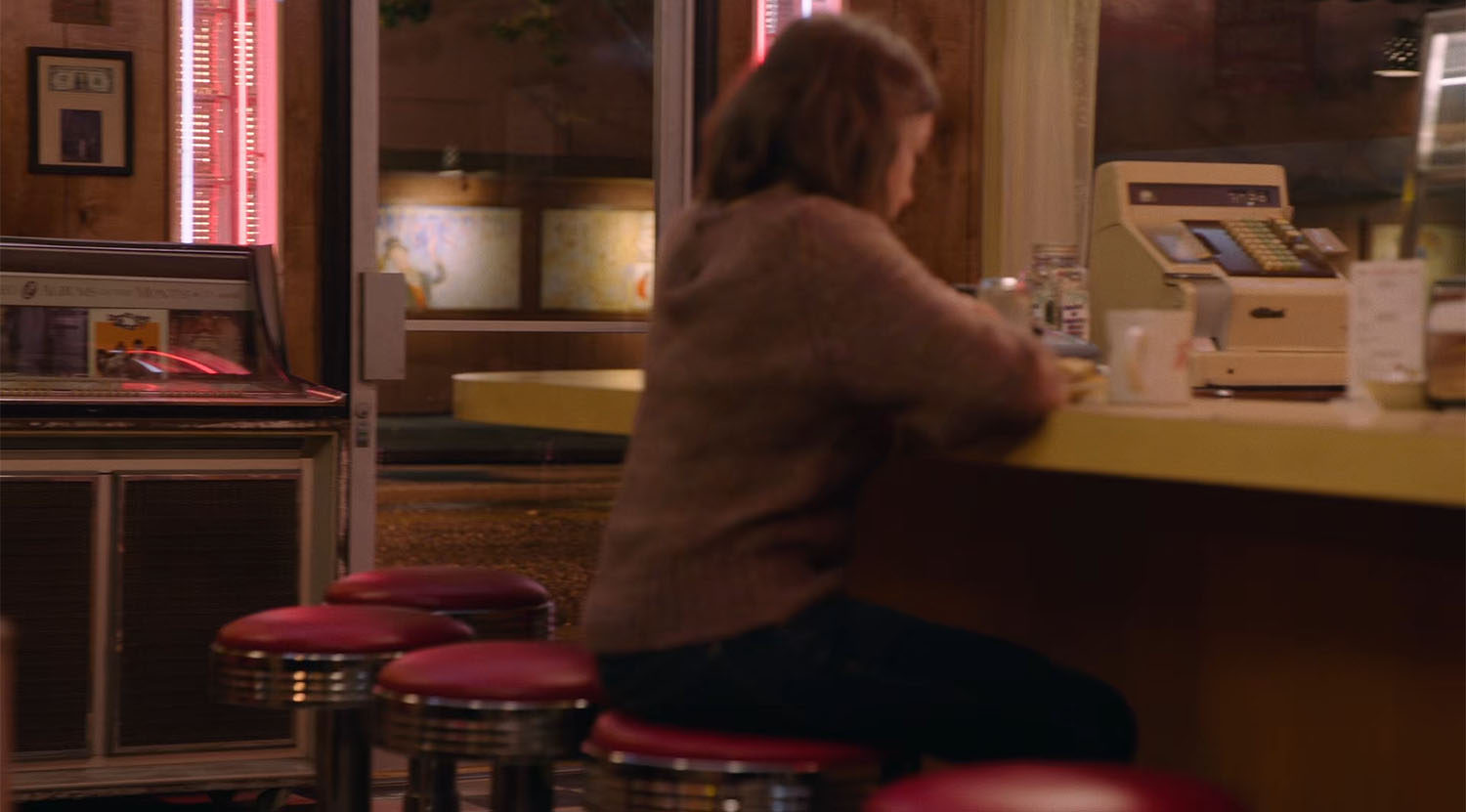
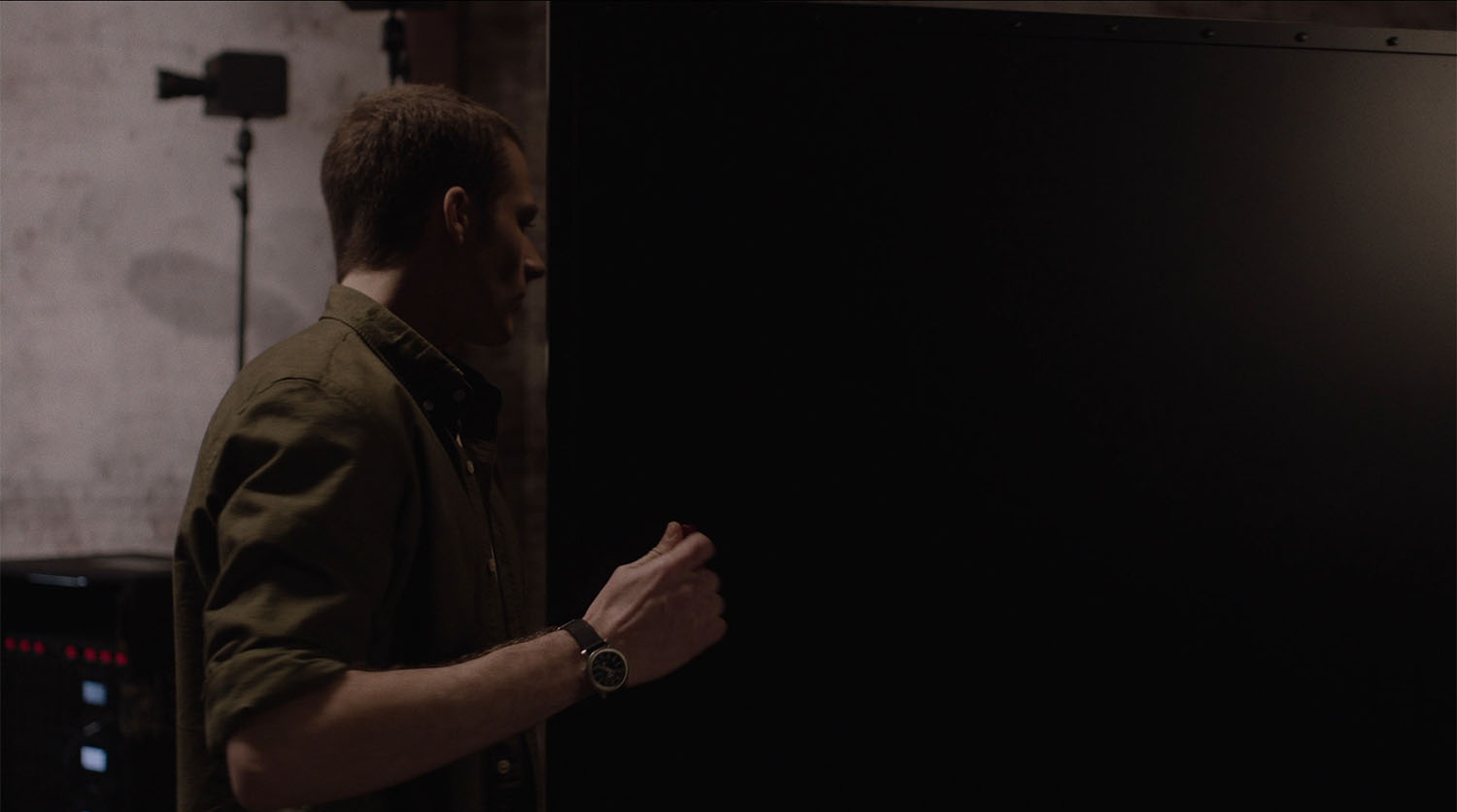


I have a print of the exhibition size poster of Claude Renoir in clown costume
I’ll be happy to share it with you you
This print was done in 1984